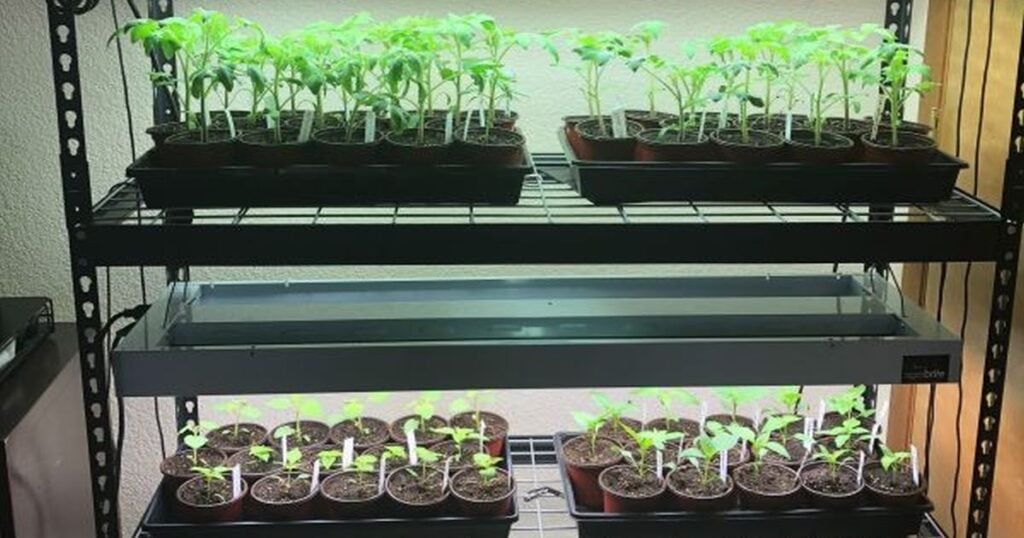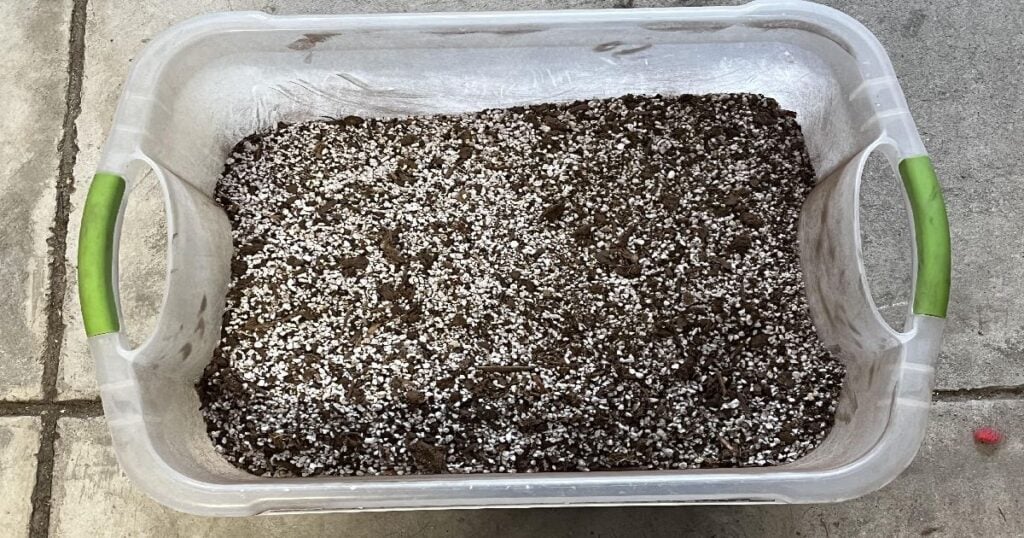
Gardening is not just about planting your favorite vegetables and hoping for the best.
It’s an art and science that involves careful planning and consideration of your household’s needs, available space, and the growing conditions in your area.
Here’s how you can quickly and easily determine what vegetables to plant and how much to plant.
Start by Assessing Your Household’s Vegetable Consumption
Start by evaluating your household’s eating habits. Which vegetables do you consume regularly?
Make a list of these preferred vegetables, focusing on those you buy frequently. This assessment will help you prioritize which vegetables to plant.
Consider the space you have available and the growing conditions in your area to ensure your chosen vegetables can thrive and come to maturity during your specific growing season.
Understanding Succession Planting
Succession planting is a technique used to maximize the use of space and ensure a continuous supply of vegetables throughout the growing season. It involves several strategies:
- Sequential Planting: Planting small quantities of a vegetable at regular intervals rather than all at once. This method is ideal for crops that produce over a short period, like radishes and lettuce.
- Staggered Planting: Planting varieties with different maturity times simultaneously. This approach works well for vegetables like tomatoes, where early, mid-season, and late varieties can extend the harvest period.
- Relay Planting: Planting a new crop in the space vacated by a previous crop that has finished producing. This method is suitable for following cool-season crops with warm-season crops, or vice versa.
Planning Your Garden
- Start Small: If you’re new to gardening, it’s wise to start small. Choose 3-5 types of vegetables to begin with, focusing on those that are easy to grow and highly productive.
- Calculate Space and Quantity: Determine how much of each vegetable you need to meet your household’s consumption without overproducing. Use the concept of sequential planting to plan the quantity. For example, if your family consumes a head of lettuce each week, plant a new set of lettuces every week to ensure a continuous supply.
- Create a Planting Schedule: Based on the maturity times of your chosen vegetables, create a planting schedule. Include staggered and relay planting to make the most of your garden space throughout the season. This schedule should account for the first and last frost dates in your area to protect your plants.
- Implement Succession Planting: Apply the principles of succession planting to your garden plan. Start with cool-season crops in early spring, followed by warm-season crops in summer, and finish with a second planting of cool-season crops for fall harvest.
Adjusting Your Plan
As you gain experience, adjust your planting quantities and schedules based on actual consumption and production.
You might find that some vegetables produce more than expected or that your household’s preferences change over time.
Flexibility is key to successful garden planning.
Conclusion
Determining what vegetables to plant and how much requires an understanding of your household’s needs, the principles of succession planting, and a willingness to adjust plans as you learn from experience.
By applying these strategies, you can ensure a continuous supply of fresh vegetables tailored to your consumption, extending the harvest season and maximizing the productivity of your garden space.
Remember, the goal is not just to grow vegetables but to use what you grow while meeting your needs with the least amount of waste.

